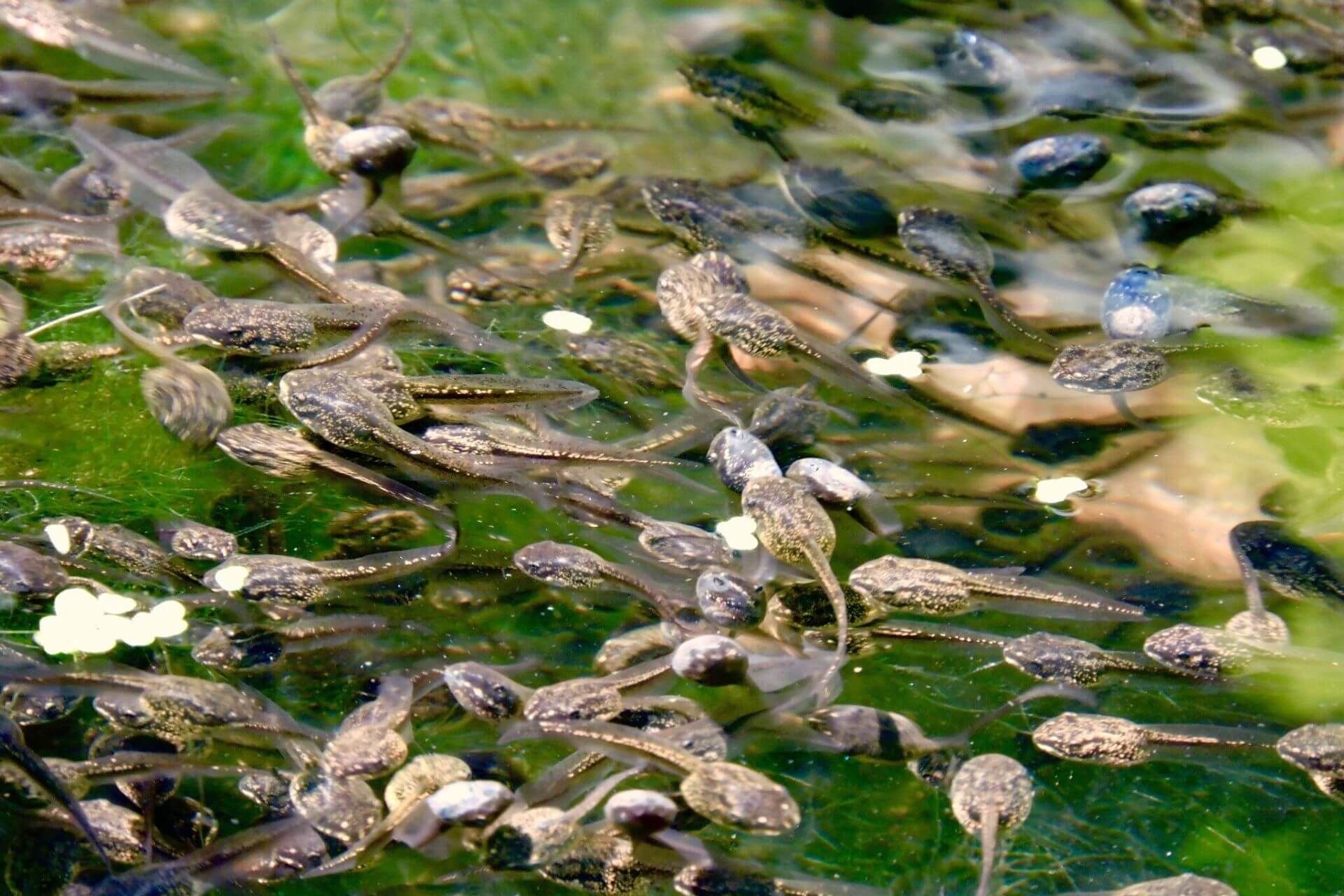Lions | Interesting Facts About Lions
Where Do Lions Live?
Lions live in savanna and grassland ecosystems throughout Africa and a tiny portion of Asia. Lions used to have a much larger range that covered southern, western, central, and northern Africa, along with parts of the Middle East and much of Southwest Asia. While they still exist in these areas, their range has been broken into small, fragmented areas making it hard for populations to reach each other.
What Does a Lion Look Like?
Lions are the second largest species of feline (the first being the Amur tiger). They are tan in color and have small, rounded ears, muscular legs, and long tails with a black tuft of hair on the tip. Males are much larger than females weighing more than 400 lbs while females weigh between 200 and 300 lbs. Males also have a large mane that allows us to tell adult males and females apart easily.
What Do Lions Eat?
Lions are apex predators and entirely carnivorous. They primarily feed on large ungulates (hoofed animals), like zebras, wildebeest, buffalo, antelope, and even giraffes. They often work together with their pride to take down animals much larger than themselves! Cubs start hunting with the pride when they are just a few months old to learn strategy from the adults. Competition with other predators, like leopards, hyenas, and painted dogs, forces them to eat their food quickly.
Are Lions Nocturnal?
Felines are typically nocturnal, but lions tend to be more on the diurnal side. Lions have been observed being active at all times and activity can change based on environmental conditions and stresses.
How Many Cubs Do Lions Have?
Lions usually have 2 or 3 cubs but can have as many as 6! Females usually keep their cubs away from the pride for the first couple of months. She moves them between den sites to prevent other predators from tracking them. Eventually, the cubs are introduced to the rest of the pride to learn lion behaviors. If a new male takes over a pride, he may kill cubs from previous males. Female cubs may stay with their natal pride, while males often go off to find a pride of their own around the age of 2.
Fast Facts About Lion
- Lions are the second largest cat in the world (Amur tigers are the largest).
- Males can weigh more than 400 lbs and have a large mane.
- Females can weigh up to about 300 lbs and often work together when hunting.
- Typically one male lives with a group of females and their cubs, but occasionally there may not be a male or there may be two.
- Spotted hyenas and lions have a very similar range and often compete for food. Often times, the size of the group determines who wins.
- Lions hold their tails high above grasses when traveling, which makes us think they might be using them to keep track of each other.
- Because of other predators in the area, new males taking over prides, and environmental pressures, a majority of lions do survive to adulthood.


Sign Up for our Newsletter
Stay up to date with new adventures, classes, deals, and more!
MENU
EDUCATIONAL RESOURCES
All Rights Reserved | Edzoocating.com

